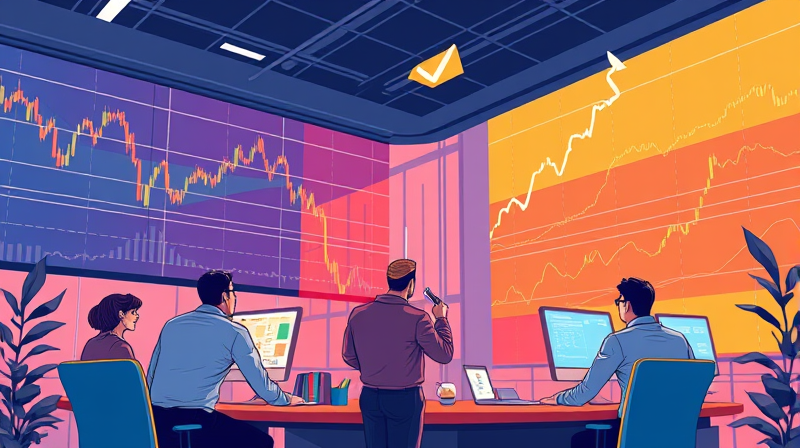
The performance gap between large-cap and small-cap stocks has widened dramatically in recent years. Investors are witnessing an unprecedented divergence as the S&P 500 outpaces its smaller brethren by nearly 70% over the past 3.5 years. Understanding this phenomenon is crucial for positioning portfolios and identifying opportunities in a shifting market landscape.
In the current market cycle, extended bull markets have benefited large-cap stocks disproportionately. Since the end of the financial crisis, mega-cap technology and growth names have driven indexes higher, leaving many small-cap names trailing behind.
This cycle of large-cap dominance has persisted for over 14 years—surpassing the historical average of 11 years for such trends. Yet, early 2025 data hint at potential turning points as small caps begin to stir amid shifting economic indicators.
Equity markets have long followed a rotation pattern: small caps tend to excel during early recoveries and recessions, while large caps lead in mature bull phases. Research from Fama and French shows that since 1926, small caps have outperformed large caps by an average of 285 basis points per year.
After extended periods of underperformance, small caps historically rebound with vigor. On average, small-cap indices deliver subsequent outperformance of 22 percentage points in one year, 11 points in three years, and 10 points over five years. These figures underscore the cyclical nature of performance and reward patience.
Valuation metrics reveal the relative cheapness of small caps today. The differential across price-to-earnings, price-to-sales, and price-to-book measures highlights an opportunity set that many active managers find compelling.
Small caps now trade at their cheapest levels versus large caps in nearly 20 years. The S&P 600’s forward P/E sits around 15x, roughly 30% below the S&P 500’s 20x multiple. Meanwhile, the Russell 2000 offers a higher dividend yield than the S&P 500 for the first time since 1999.
Several factors explain why small caps have lagged: many companies within the Russell 2000 are less profitable, inflating their trailing P/E ratios. An upcoming wave of debt maturities creates financing risks, and market concentration—where a handful of large-cap stocks drive index returns—has sidelined broader participation.
Moreover, small and mid caps display heightened sensitivity to domestic economic conditions. Shifts in Fed policy, inflation dynamics, and rate cycles often impact these firms more quickly, magnifying their underperformance during tightening phases.
Despite the headwinds, several catalysts could ignite a small-cap resurgence. Market indicators suggest the large-cap rally may be nearing exhaustion, setting the stage for a rotation into smaller names.
With earnings growth forecasts favoring small caps for the first time in years, investors may find hidden gems poised for rebound in this undervalued segment.
Investing in small caps carries distinct risks. Economic slowdowns, persistent inflation, and geopolitical tensions can disproportionately affect smaller companies. Financing constraints and debt servicing pressures remain real concerns.
Active managers emphasize the importance of focusing on quality small-cap indices, such as the S&P 600, which house more profitable and stable firms. This approach can help mitigate volatility while capturing upside potential.
Sentiment is shifting as valuations reach historic lows and data points toward improved small-cap earnings growth. Institutional flows have begun to tilt toward small and mid caps, reflecting a growing recognition of compelling valuation opportunities in this segment.
In the coming months, watchers will track key economic data, Fed communications, and corporate earnings for signs of a broad-based recovery. Should interest rates decline and growth expectations firm up, small caps could stage a powerful rebound.
For long-term investors, patience and selective stock picking may unlock the promise of this oft-overlooked corner of the market. As history shows, periods of underperformance can lead to some of the most rewarding phases for small-cap investors.
References













